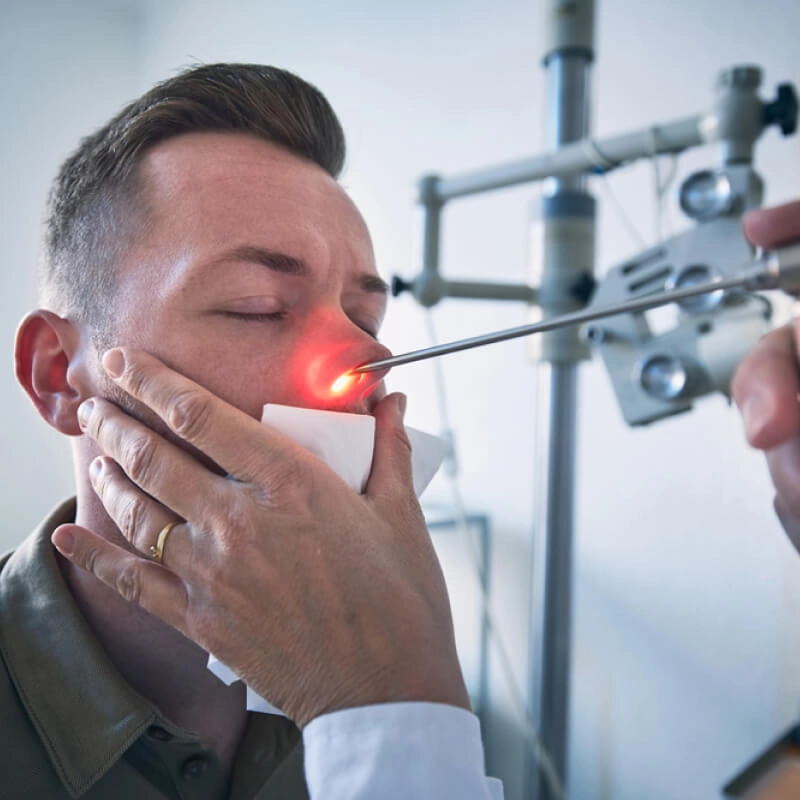Home/Wellness Zone/Sakra Blogs
20th Jul, 2022

A sinus lift is one of the bone ridge-increasing procedures. It is to increase the amount of bone in the posterior jaw area. Ridge is the area where teeth are embedded in sockets.
There is a need for optimum ridge bone for a dental implant to be a success. Dental implants in the top dental hospital in Bangalore are used to replace both the form and function of missing teeth. It is a metal screw designed to thread into the jaw bone and allow for the attachment of various dental prosthetics.
What is a sinus lift?
A sinus lift is a procedure performed by the best dental doctor in Bangalore for ridge enhancement. It is used to treat the vertical loss of bone height and width of the available bone. Lack of sufficient bone height and maxillary sinus poses significant difficulty placing implants in the upper back region with missing teeth in the oral cavity.
Why are sinus lifts performed?
After upper jaw posterior tooth extraction, the initial decrease in alveolar width is caused by resorption or loss of bone. The ridge bone with missing teeth becomes inactive, and there will be continuous bone remodelling, leading to an increase in air-filled cavities present just above the bone. These changes make the bone hollow, thus decreasing the remaining vertical bone height and making standard implant placement difficult.
The sinus lift procedure increases the thickness of the sinus floor to achieve the required ridge height for implant placement.
What are the ways of reaching the sinus membrane?
Direct sinus augmentation technique(DSAT)
After identifying the residual alveolar bone height in imaging studies, only those cases that were 5mm or below were considered for this technique. Then, a bone graft is taken from the patient´s mandible. It is done by shaving mandibular bone from the chin area. A bone mill is used to grind the bone shaving into fine particles. A local anaesthetic is injected, and a surgical incision is placed on the crest of residual alveolar bone.
The total thickness of gums is elevated, and the side wall of the maxillary sinus is visualised. Care is taken to protect the infraorbital nerve. Once the sinus is reached, bone graft material is placed and packed.
Indirect sinus augmentation technique (ISAT)
It is performed in cases with a residual bone height of 6-8 mm. The residual alveolar bone to receive the implant is exposed under local anaesthesia and perforated using a small round drill. This procedure is performed by inserting osteotome with greater diameters until the sinus floor is fractured. The graft is then inserted within the socket. Material is displaced apically.
The implant is placed immediately in the prepared site.
Direct V/S Indirect sinus lift
It has been found that the surgery steps don’t influence the implant outcome. The most important criteria for selecting an ISAT are residual alveolar bone being 6mm or more. When RAB is 12mm, sinus increment is not required.
Postoperative medication in sinus lift procedure. Patients are advised to follow standard post-operative instructions, including ice-pack, soft, high, nutrient diet, and thorough rinsing with an antiseptic mouthwash. Consult your doctor for detailed instructions.
FAQs
Q.1 Can we use the same postoperative medication for both DSAT and ISAT?
Ans. Yes, it is the same for both.
Q.2 Which among the both is a more invasive procedure?
Ans. DSA.
Enquire Now
